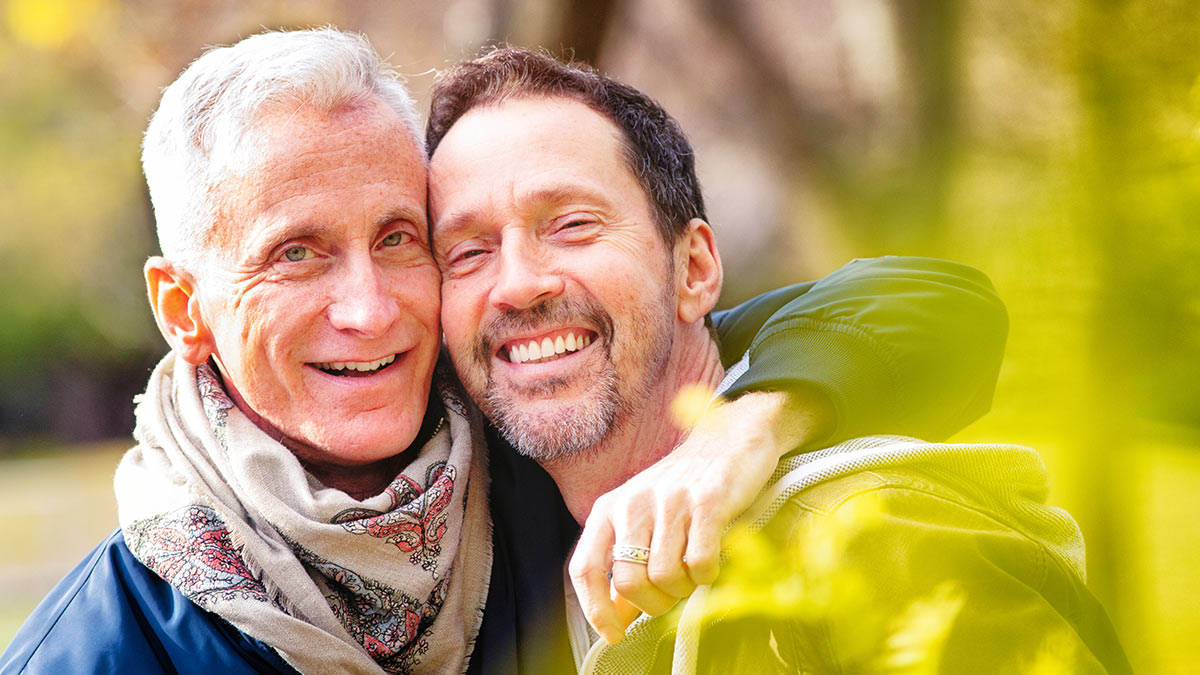At a glance
- Everyone deserves a fair and just opportunity to be as healthy as possible. This is called health equity.
- Achieving health equity means addressing systemwide problems, unfair practices, and unjust conditions that have a negative impact on the health of specific groups.

Overview
In order to achieve health equity, we work to eliminate health disparities. Health disparities are differences in health outcomes that are closely linked with social, economic, and environmental factors, among LGBTQ+ people.A To improve health equity, we must consider the role of commercial tobacco.B
Continue reading
Commercial tobacco gets in the way of achieving health equity.
Unfair and unjust practices related to commercial tobacco harm people and drive health disparities.
There are barriers to finding and using proven treatments that help people quit smoking.
Content Source:
National Center for Chronic Disease Prevention and Health Promotion; Office on Smoking and Health
- The term "LGBTQ+" is used on this page to refer to people who are lesbian, gay, bisexual, or transgender, with the plus sign indicating inclusion of people who are queer, questioning, intersex, asexual, or who hold other gender/sex/romantic identities not specifically identified. Many studies cited on this page only looked at certain groups within the greater LGBTQ+ community. When single terms like "gay" or "lesbian," or acronyms like "LGB" are used on this page, this corresponds with how terms are used in the cited studies. More studies are needed to understand the ways that commercial tobacco and exposure affects other groups in the LGBTQ+ community.
- "Commercial tobacco" means harmful products that are made and sold by tobacco companies. It does not include "traditional tobacco" used by indigenous groups for religious or ceremonial purposes.



